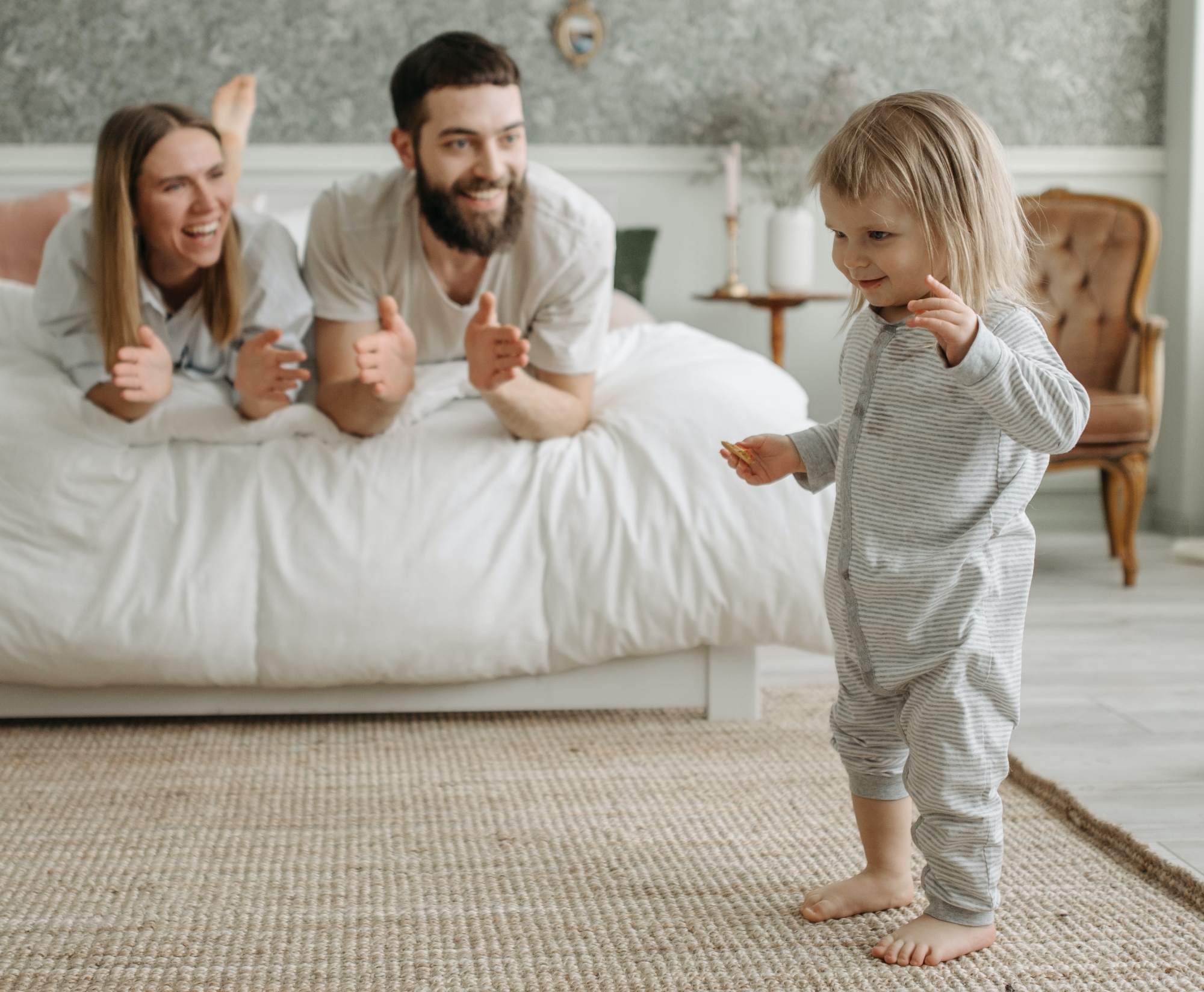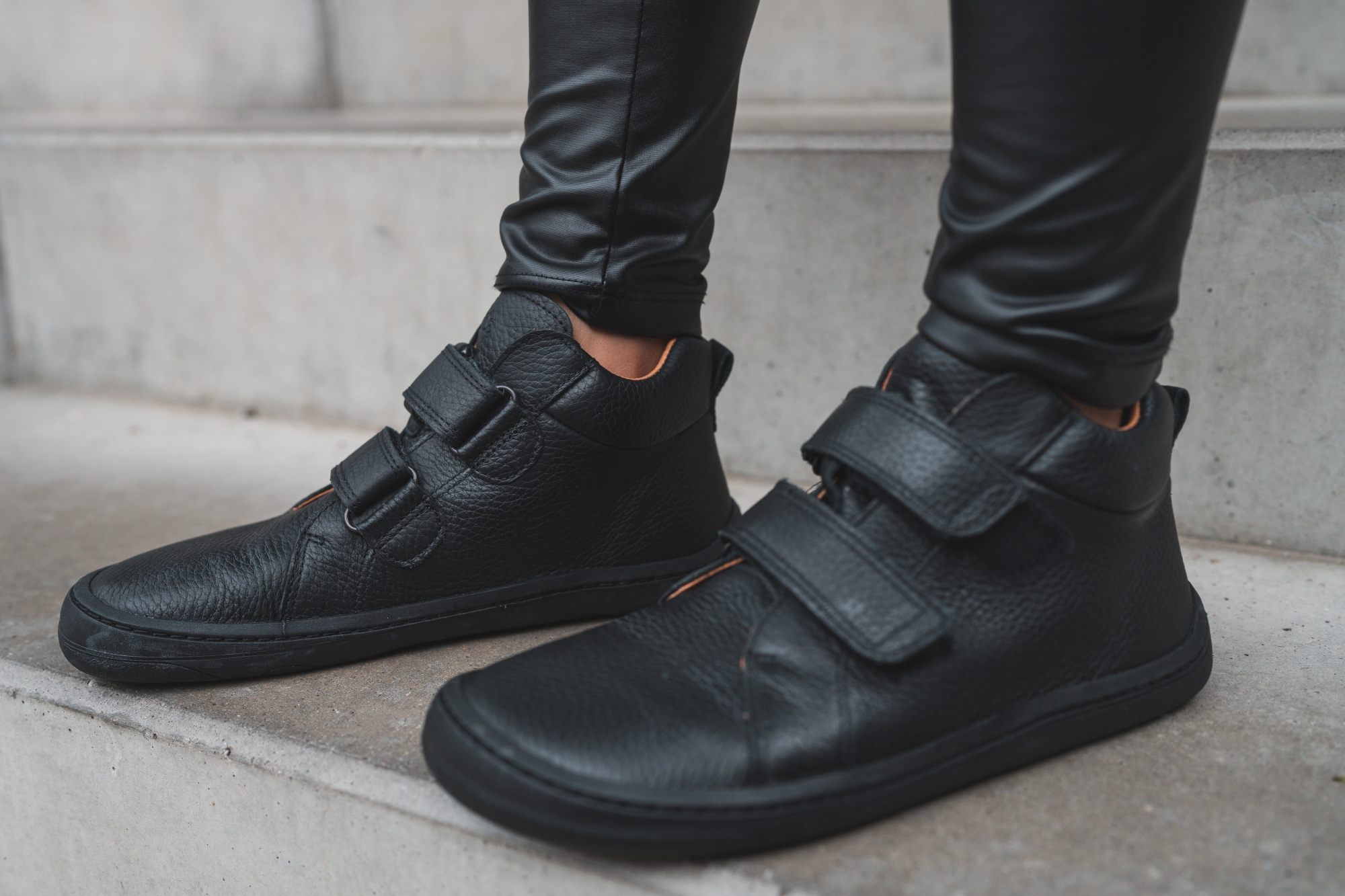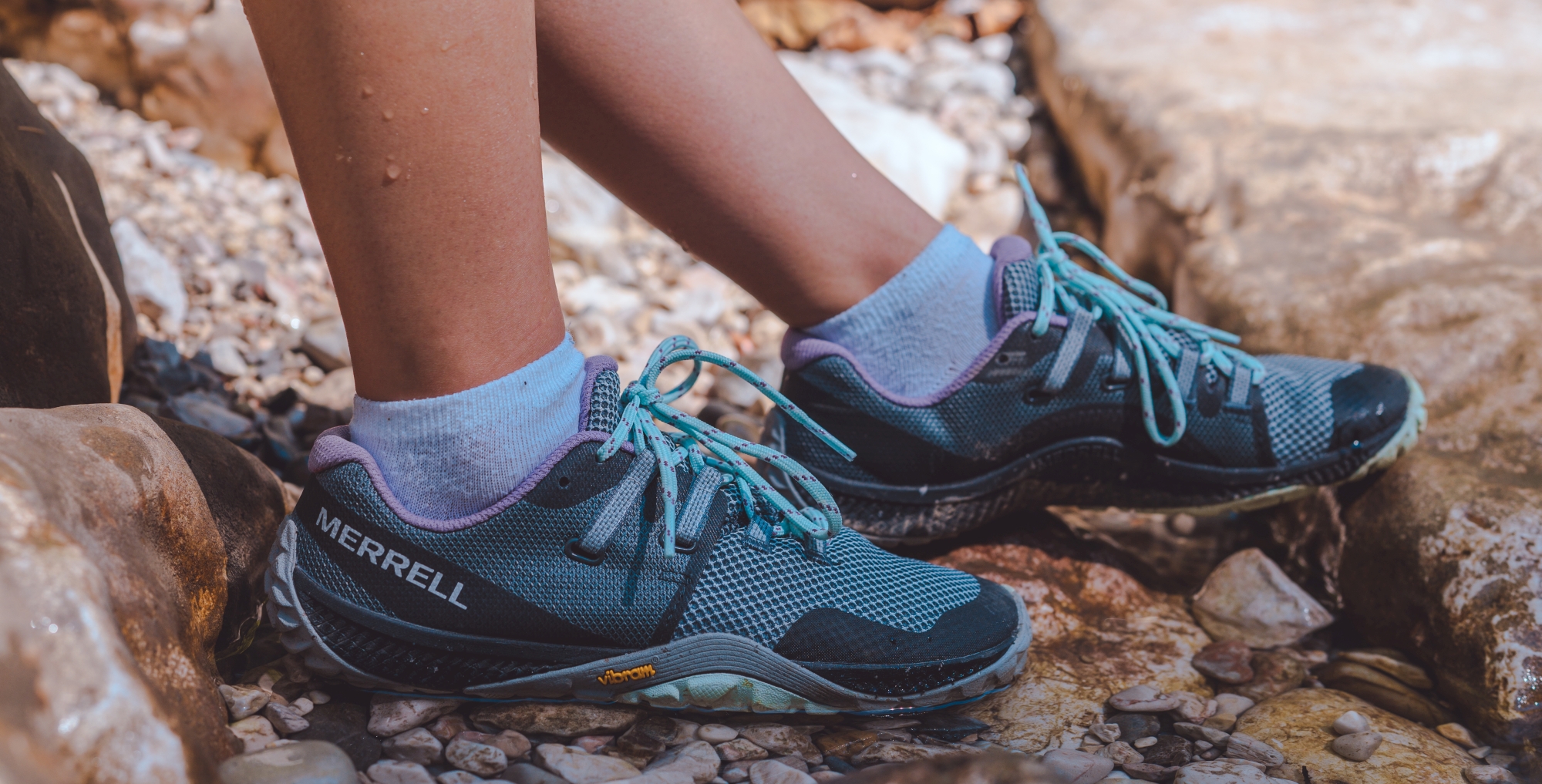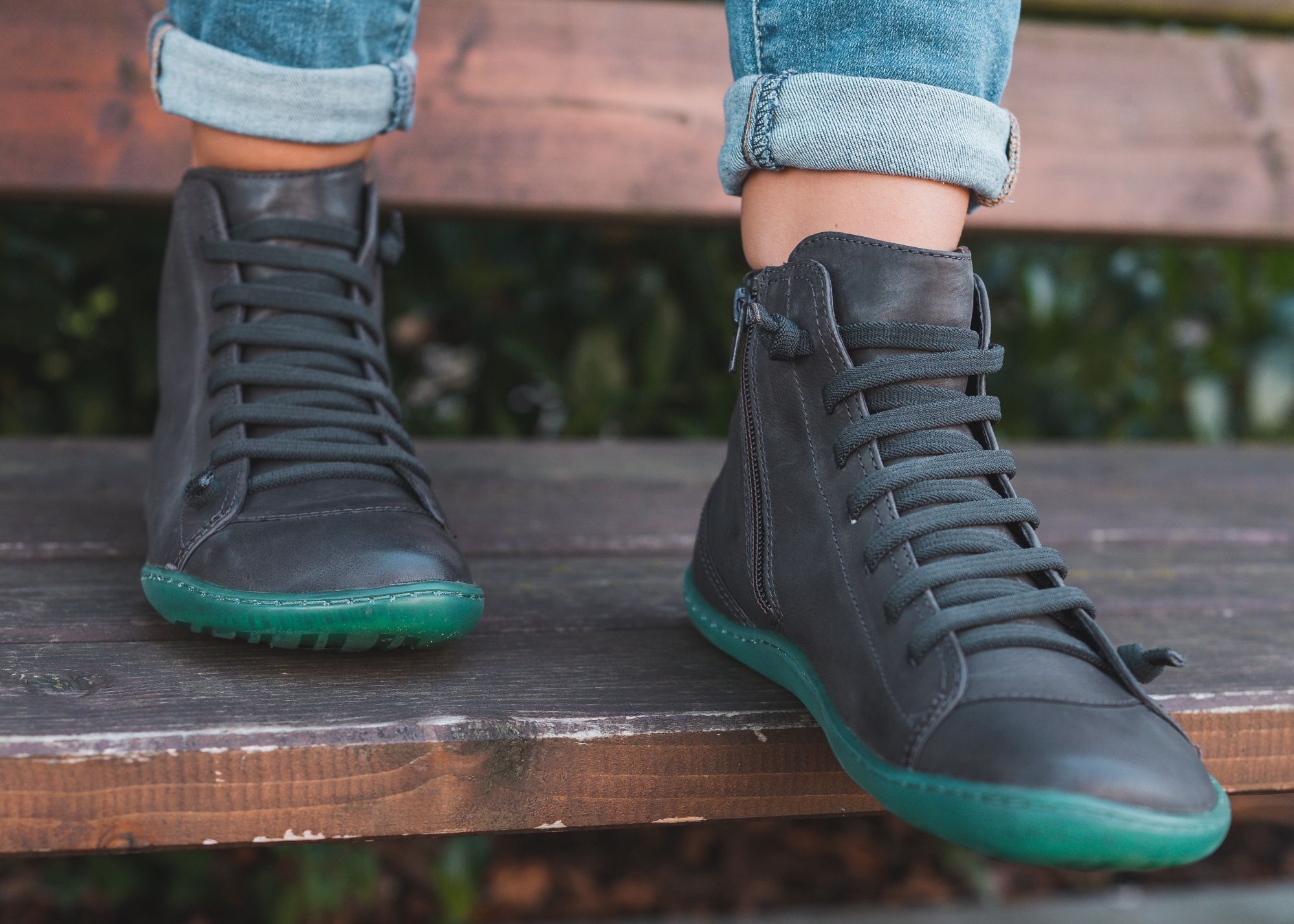How to achieve healthy foot development from the first months until death? We have prepared an overview of the expert's recommendations in cooperation with physiotherapist Romana Cihlářová:
Content of the article
First steps
When your baby starts to crawl, you should leave him barefoot. Don’t worry about the cold because cold feet don't necessarily mean cold. If you don't have an icy floor, it is enough to check the skin colour and blood circulation.
The children's feet need to perceive not only the material and texture of the surface but also its temperature, which helps to retain sensation. In tight socks or pre-walking booties, the foot loses direct stimuli from the environment. Also, you shouldn't observe the world through a veil or walk with a blindfold over your eyes because we don't want any unwanted restrictions!
If the climbing phase takes a long time, do not panic because it is perfect for back strengthening and psychomotor development. Just don’t buy a walker or pull the baby by the hands! Similarly, a child shouldn’t use a stroller as support, which is not good. Let the baby naturally stand up, even with the help of furniture, then move in the space independently because there is no hurry.

First shoes
Shoes serve primarily as protection against injury and cold, but they shouldn't restrict foot development and functionality, let alone cause deformities. Where cold and injuries are not an issue, it is worth going barefoot as much as possible. It is ideal to purchase the first shoes after a couple of months of independent walking but until then, stick with soft-soles.
When choosing shoes, focus on length and width. The foot expands on impact, so children and adults need an additional size number (extra space in the toe). For children, choose a larger one (6-8 mm for first shoes and 10-12 mm for active walking) to give your foot room to grow.
You don’t need an extra room in width. When the shoe only touches the soft tissues, it doesn't deform the foot. However, the shoe must not change the foot position or cause blisters. The shoe should fit firmly in the heel and over the instep, and the foot should not wobble.
If the child tends to have ankle valgus, you can address it with a raised heel. However, even this is not sufficient until the age of two, and the first steps should be restricted minimally.
Between the ages of 6 and 8, bones ossify, and hard-to-change movement patterns develop. Therefore, it is necessary to keep the child as barefoot as possible until this age. Later, deformities develop more slowly and are more easily reversible.

Shoes for teenagers
The previous paragraph doesn't mean that teenagers should stop wearing barefoot shoes and switch to conventional footwear. On the contrary, you need to focus on the psychological side of shoe-wearing. Teens want to look good in a group of peers and wear shoes that they will like.
Rather than forcing them into barefoot shoes with a wide toe, find a compromise in the form of slightly narrower barefoot shoes, which at first glance are not recognisable from the confectionary ones with a heel or poorly shaped toe. After all, even teenagers themselves, brought up in the comfort of barefoot shoes, won’t be too thrilled about switching to hard and narrow shoes.
So if your child wants barefoot shoes, but they are missing a millimeter in width, be lenient. Better not to discourage them from healthy shoes altogether.

Shoes for adults
You could approach yourself with a similar philosophy. Some adults have been lucky enough to run barefoot as children, so they have developed a healthy foundation. However, wearing conventional shoes has since taken its toll on the condition of their feet.
A healthy and well-loaded foot does not have blisters, which you get from a raised heel or toe, or a caved-in arch due to a narrow shoe. Foot deformities may not look pretty, but if the foot and blood circulation function well, even a bunion, for example, may not cause significant pain.
However, if the foot is not actively working, the slightest deviation can lead to suffering. Orthopaedic insoles may help relieve it, but even these will be far better in functional barefoot shoes than squeezed in regular sneakers or formal shoes.

Recovery tools
Squeezing the toes in the shoe is not always avoidable. You may still be able to get some stylish barefoot shoes for special occasions, but skates, sneakers, kicks, climbing shoes, cycling shoes, and other special shoes won’t give your toes room. At such a time, you must compensate for the strain with appropriate exercise and equipment.
Spreading of the toes and foot sole stimulation support the correct foot function. Adjustment socks with separators or silicone separators create space between the toes, ensuring their correct position. Sensorimotor carpets imitating the natural terrain and wooden therapy boards with protrusions or massage balls stimulate the nerve endings in the foot and improve blood circulation.

The rule is to walk completely barefoot as much as possible. If the season and the surface allow it, even outdoors, where bare feet naturally train and receive many different impulses through the rugged terrain.
Otherwise, even in the city, full of different surfaces and unevenness, you should wear barefoot shoes. Whether children’s, women’s, or men’s shoes, it pays off to prefer the natural development of the foot to designer footwear that neglects our health needs.
